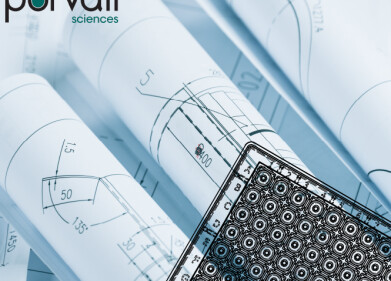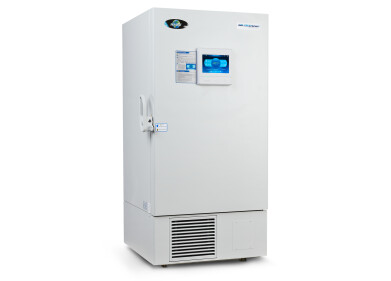Laboratory Products
How to Create Robust, Viable Collagen Scaffolds
Aug 08 2018
Collagen bio-scaffolds are hugely beneficial to many medical fields so it is essential that the process used to develop them is as robust and viable as possible.
Collagen comprises 30% of the total protein found in the human body and is the key structural protein in the naturally occurring extracellular matrix (ECM) of various fibrous and connective tissues.
In vitro, it can be formed into highly organised, three-dimensional scaffolds which are biocompatible, biodegradable, and non-toxic upon exogenous application. All of these features make collagen the material of choice for tissue engineering, regenerative medicine and wound healing. Tissue engineering is a relatively new specialism which aims to regenerate damaged tissues by combining cells from the body with collagen scaffolds, which act as templates for tissue regeneration and guide the growth of new tissue.
Collagen bio-scaffolds can be used in a wide variety of medical fields, but it’s not a case of one size fits all, so it’s essential to develop a process that makes them as robust and viable as possible for their end purpose.
When working with collagen, the structure and pore size are of intrinsic value as these can have a significant effect on the growth of the new tissue. Achieving the optimum texture and porosity of the sponge/ sheets is essential to support and encourage the body to generate new cells and desired structure
Freeze drying has become the preferred means of processing product because it allows not only control of pore size, the ability to build properties into different layers, but also prolongs the shelf life by up to 2 years.
With freeze drying, it is possible to precisely manage how the ice crystals grow in order to control the shape and properties of the resulting collagen scaffold. This is achieved by controlling the freezing rather than drying elements of a cycle recipe; contemporary understanding of working with collagen based material has confirmed the focal point of any recipe should be achieved during the initial freezing step.
To read the full article from Biopharma Group, click here.
Digital Edition
ILM 49.5 July
July 2024
Chromatography Articles - Understanding PFAS: Analysis and Implications Mass Spectrometry & Spectroscopy Articles - MS detection of Alzheimer’s blood-based biomarkers LIMS - Essent...
View all digital editions
Events
ACS National Meeting - Fall 2024
Aug 18 2024 Denver, CO, USA
Aug 25 2024 Copenhagen, Denmark
Aug 28 2024 Phnom Penh, Cambodia
Sep 04 2024 Chiba, Tokyo, Japan
Sep 04 2024 University of Warwick, Coventry, UK



.jpg)

















